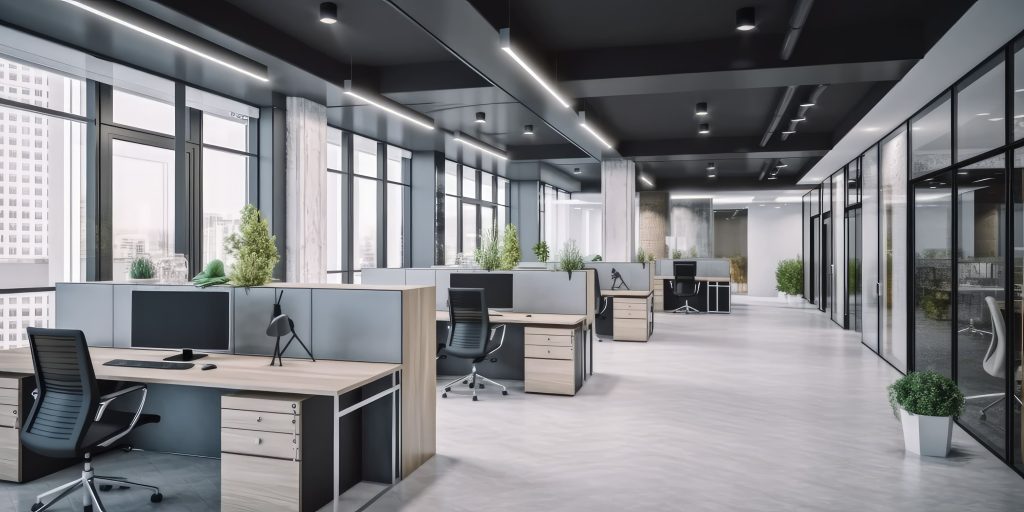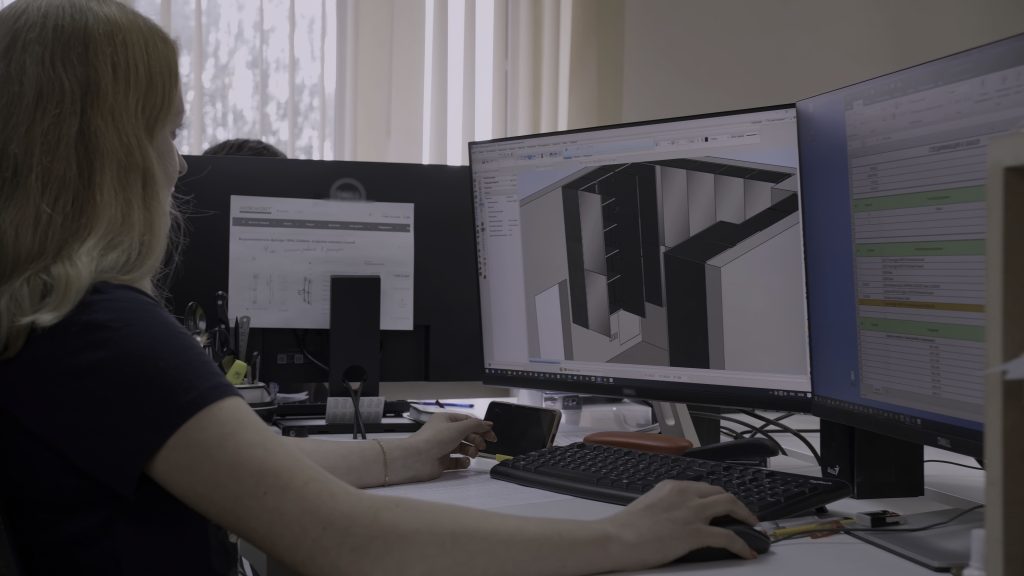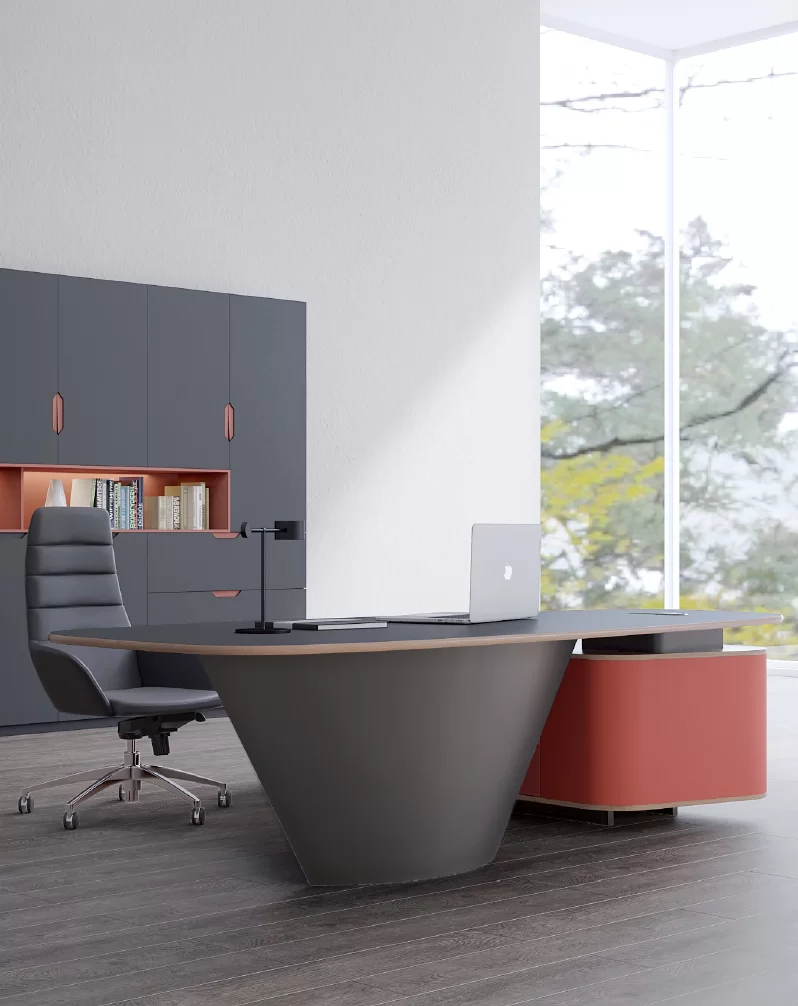
Office design and productivity are more closely connected than many businesses realize. Modern workspaces are no longer just about aesthetics—they are strategic tools that influence focus, collaboration, and employee wellbeing. As hybrid work and flexible schedules reshape the workplace, companies that invest in ergonomic office furniture and smart layouts are seeing measurable gains in efficiency, retention, and satisfaction.
Over the past decade, office design has shifted from rigid cubicles to open plans and now to hybrid models. While open layouts encourage collaboration, they can also create distractions. Conversely, private spaces offer focus but may limit teamwork. The key to boosting productivity lies in balancing collaboration zones with quiet work areas, supported by sustainable and adaptable furniture solutions. This balance allows businesses of all sizes—including small and medium enterprises—to design spaces that truly enhance output.
Ample natural light improves mood, reduces fatigue, and supports focus. Where daylight is limited, adjustable artificial lighting with reduced glare helps maintain energy levels.
Clean air and proper ventilation prevent headaches and drowsiness, leading to higher concentration. Air-purifying systems and smart airflow design can reduce absenteeism while enhancing comfort.
Ergonomics is a cornerstone of office design and productivity. High-quality chairs with adjustable lumbar support, breathable materials, and flexible armrests reduce strain during long workdays. This directly supports employee health and sustained concentration.
Height-adjustable desks encourage sit-stand flexibility, reducing fatigue and boosting alertness. Modular workstations allow teams to reconfigure layouts quickly, promoting both collaboration and individual focus.
The right conference table shape and size can transform communication. Round tables encourage discussion, while long tables support structured meetings. Tailoring these choices to team needs improves decision-making speed and creativity.
Clutter reduces focus. Integrated storage cabinets and modular shelving help maintain order, creating a streamlined environment where employees can concentrate fully.
Acoustic panels, partitions, and private pods reduce distractions and allow employees to focus on demanding tasks. Blending open collaboration spaces with quiet zones ensures a productive balance.
Colors influence mood—neutral tones calm, while accent colors spark creativity. Incorporating plants and natural textures creates a healthier, more inviting atmosphere that contributes to wellbeing.
Smart meeting rooms, wireless charging points, and integrated AV systems make collaboration seamless. Pairing technology with flexible furniture ensures adaptability in evolving work environments.

Well-designed offices deliver more than higher productivity. They:
By linking office design and productivity with wellbeing, retention, and sustainability, businesses achieve long-term strategic value.
Audit Current Space: Identify strengths and pain points in lighting, acoustics, and layout.
Phase Upgrades:
Engage Employees: Gather feedback to ensure the design aligns with actual needs.
Work with Experts: Collaborating with professional furniture manufacturers and planners ensures tailored, future-proof solutions.
These examples demonstrate how linking office design and productivity with tailored furniture choices produces tangible results.
Office design and productivity are inseparable. From ergonomic chairs and adjustable desks to collaborative tables and quiet zones, every element contributes to efficiency, wellbeing, and long-term business success. By adopting a phased strategy, considering employee needs, and working with professional furniture providers, businesses can transform workspaces into engines of growth.
Ready to upgrade your office? Start with ergonomic essentials and custom planning to create a workspace that drives better results today.
